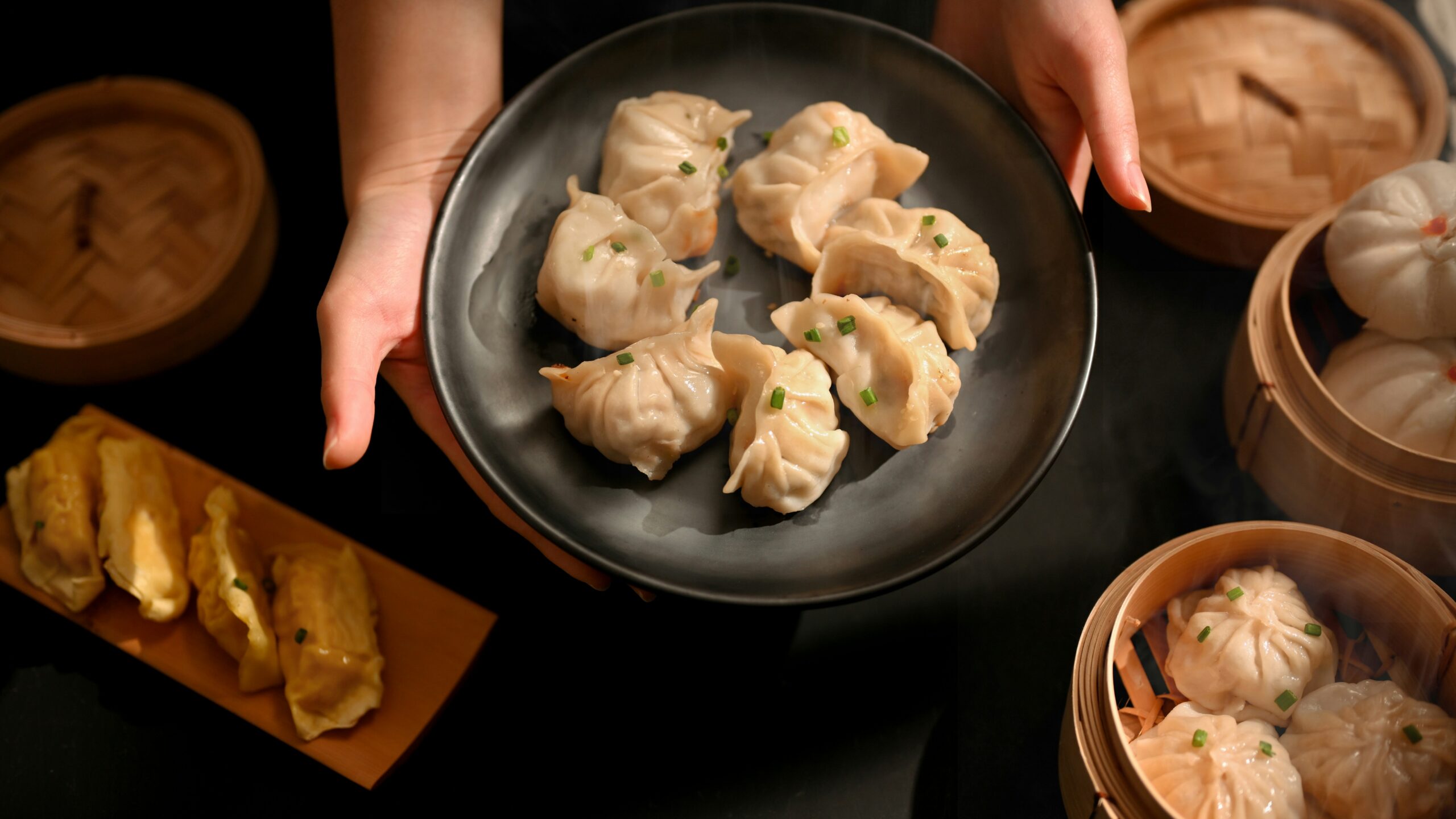Globalization has woven a complex tapestry that intertwines diverse cultures, and nowhere is this more evident than in the realm of traditional Asian cooking techniques. As culinary practices cross borders, they bring with them a fusion of flavors and methods that redefine how we experience Asian cuisine.
The Fusion of Cultures in the Kitchen
Traditional Asian cooking techniques are renowned for their precision and artistry. However, the influence of globalization has both challenged and enriched these practices. According to food historian Dr. Ken Albala, ‘Globalization has introduced a dynamic exchange of culinary techniques, allowing traditional Asian methods to evolve while retaining their unique essence.’
Statistics Highlighting the Shift
Recent studies indicate that nearly 75% of Asian restaurants incorporate at least one non-traditional ingredient or technique into their menus, showcasing the blending of global influences. This trend illustrates how globalization opens new avenues for creativity and innovation in the kitchen.
Personal Experiences: A Taste of Change
For many chefs, like Ming Lee, the challenge lies in balancing traditional flavors with contemporary twists. Ming shares, ‘Integrating global ingredients into my dishes allows me to pay homage to my heritage while embracing modern culinary trends.’
Actionable Tips for Embracing Globalization in Cooking
- Experiment with fusion: Try combining traditional Asian spices with Western cooking techniques to create a unique dish.
- Stay informed: Follow global culinary trends to understand how they can enhance your traditional recipes.
- Embrace local produce: Use locally sourced ingredients to add a fresh twist to traditional dishes.
When experimenting with fusion cuisine, start small by incorporating a single ingredient from another culture to see how it complements your dish.
Comparison Table: Traditional vs. Globalized Techniques
| Aspect | Traditional Technique | Globalized Influence |
|---|---|---|
| Cooking Methods | Wok frying, steaming | Sous-vide, grilling |
| Ingredients | Local spices, herbs | Imported cheeses, oils |
| Presentation | Simple, rustic | Modern, artistic |
| Flavors | Authentic, bold | Fusion, diverse |
| Tools | Clay pots, bamboo steamers | Pressure cookers, air fryers |
| Cultural Significance | Preserved traditions | Innovative blends |
| Learning Approach | Family recipes | Online tutorials |
| Market Trends | Local popularity | Global appeal |
Frequently Asked Questions
How has globalization affected traditional Asian ingredients?
Globalization has expanded access to a wider range of ingredients, allowing traditional Asian dishes to incorporate new flavors and textures.
Can traditional cooking techniques be preserved amid globalization?
Yes, by striking a balance between innovation and tradition, chefs can preserve the essence of traditional methods while embracing global influences.
Conclusion: Embracing Change, Honoring Tradition
In conclusion, the impact of globalization on traditional Asian cooking techniques is a testament to the dynamic nature of culinary arts. By embracing global influences, chefs and home cooks alike can innovate while honoring time-honored traditions. As you explore these evolving techniques, remember to celebrate the rich heritage that forms the foundation of Asian cuisine. For further insights into global cuisine and its fusion with traditional practices, consider exploring resources like the Food & Wine website.




Leave a Reply